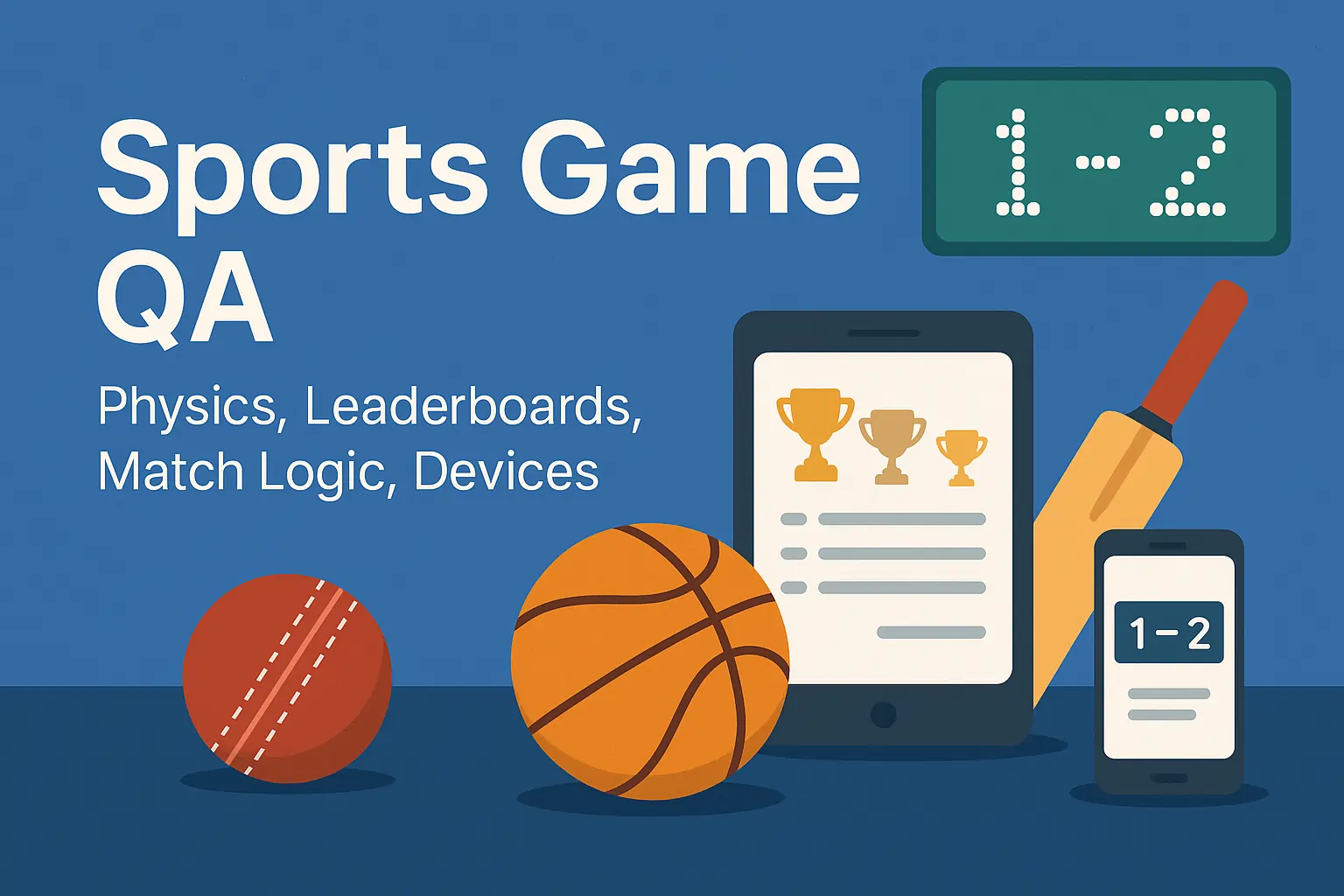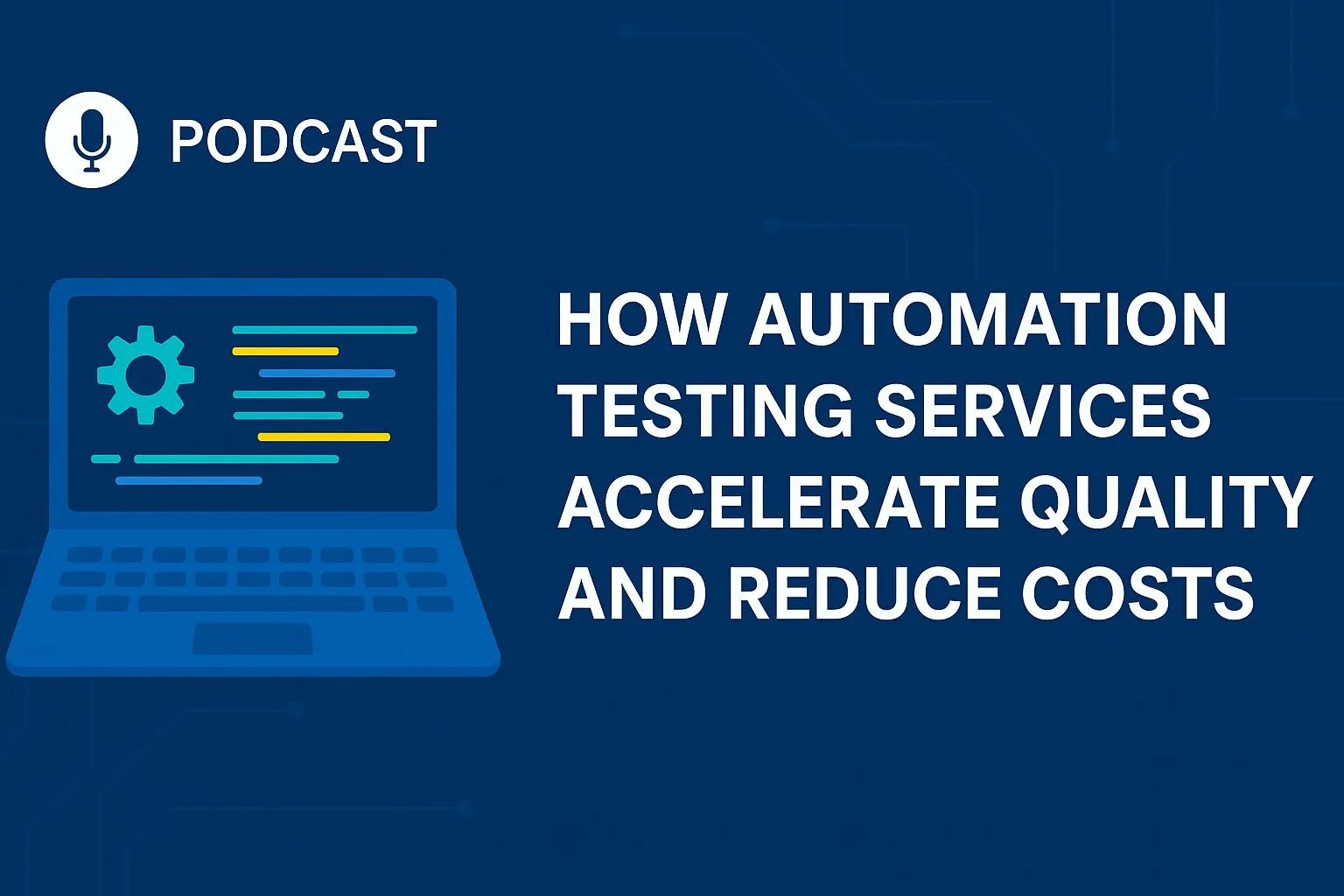Mastering Mobile Game Testing: Why Mobile Game Testing Matters
Mobile game testing is a specialized process vital to the creation and launch of mobile games. It involves assessing various game elements to ensure they meet quality standards, run smoothly across multiple platforms, and deliver a seamless user experience. Testers HUB, a leading provider of game testing services, follows rigorous procedures to enhance player satisfaction and game quality. Let’s explore the intricacies of mobile game testing and understand why it’s essential for successful game development.
What is Mobile Game Testing?
Mobile game testing is a vital process that ensures mobile games perform well, maintain a consistent user experience, and meet high-quality criteria. This process includes assessing various game components such as gameplay mechanics, graphics, performance, device compatibility, security, and the user interface (UI). The main goal is to uncover and fix issues before the game’s official release. By doing so, testing enhances the game’s stability, functionality, and overall enjoyment for players.
Key Aspects of Mobile Game Testing
Mobile game testing involves thorough assessments to ensure high-quality gameplay and user experiences. The key aspects include:
- Functionality Testing: This ensures that all game features, controls, and interactions function properly.
- Compatibility Testing: It checks that the game operates smoothly on various devices, operating systems, and screen sizes.
- Performance Testing: This involves evaluating the game’s speed, responsiveness, and resource usage under different scenarios.
- Security Testing: This safeguards player data and transactions against vulnerabilities and threats.
- UI/UX Testing: This process checks for intuitive design, user-friendly interfaces, and responsive gameplay.
Factors to Consider When Testing Mobile Games
Testing mobile games requires attention to several critical factors:
User Interface (UI)
The User Interface (UI) is often a top priority for testers. However, it’s essential to recognize that while a game’s UI is crucial, players may overlook it if the game offers something unique. Mobile games consist of multiple components that must work together to deliver a cohesive experience. Precise UI placement is necessary to provide a genuine and enjoyable experience.
Graphics
Graphics play a significant role in distinguishing the quality of mobile games. High-quality graphics enhance the overall experience, making the game more engaging. Besides graphics, factors like power consumption and device heat generation also contribute to a game’s success. Graphics processing units (GPUs) are critical for these tasks, but they can slow down if overworked. Ensuring the game doesn’t excessively drain the device’s resources is vital.
External Device Support
Mobile games have evolved significantly, now allowing the use of external controllers. Unlike earlier games with basic controls, modern games often require more complex inputs, sometimes using up to four fingers. Supporting external devices enhances the gaming experience, making it crucial to test for compatibility with such gadgets.
User Experience (UX)
It’s important not to confuse the user interface with the user experience. Mobile games are more immersive than typical apps, and players spend considerable time with them. Even minor inconveniences or negative experiences can have a significant impact, potentially leading to app crashes. Familiarity with navigation and other activities can also increase demand for a game. Therefore, testing these critical elements contributes to a more stable and enjoyable user experience.
Trends and Future Directions in Mobile Game Testing
Mobile game testing is evolving rapidly due to changing user expectations and technological advancements. Key trends include:
- AI and Machine Learning: These technologies are increasingly used in game testing for automated bug detection, realistic user behavior simulation, and predictive analytics.
- Cloud-Based Testing: This allows testers to access various devices and configurations remotely, facilitating extensive compatibility testing without physical hardware.
- Real-Time Analytics: Incorporating real-time analytics into testing helps developers monitor user behavior, performance, and in-game metrics, enabling quick issue identification and resolution.
- Crowdsourced Testing: This method gathers diverse perspectives, offering comprehensive coverage and identifying defects that traditional methods might miss.
- Security Focus: Security testing is becoming more critical, with future developments likely to include advanced solutions for secure transactions and data protection.
- VR and AR Testing: As augmented reality (AR) and virtual reality (VR) games grow in popularity, specialized testing is emerging to address challenges like device integration, spatial awareness, and user engagement.
- Continuous Testing: With the rise of CI/CD models in game development, continuous testing is essential. Automated testing integrated into the development pipeline speeds up release cycles and provides real-time feedback.
Conclusion
Mobile game testing is an essential process that ensures mobile games meet high-quality standards, function well on various platforms, and provide an engaging user experience. Testers HUB’s commitment to comprehensive testing procedures and specialized expertise helps developers create polished and successful mobile games that captivate players worldwide. For developers striving for excellence in mobile game development, Testers HUB is a trusted partner dedicated to enhancing game quality and driving success in the competitive mobile gaming industry.











